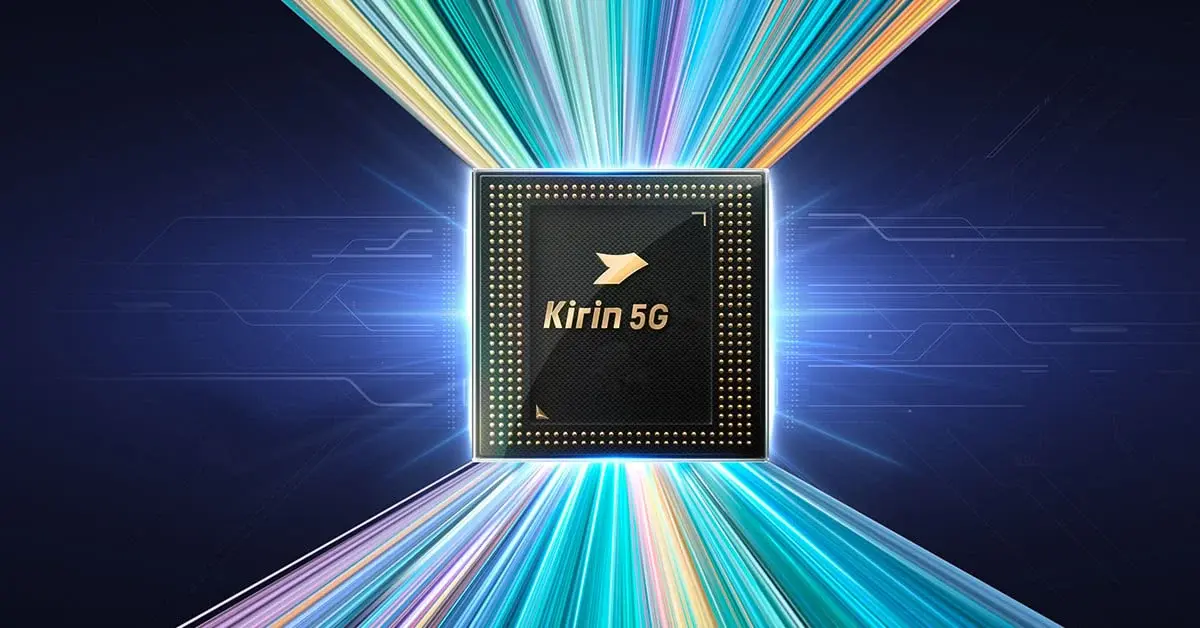Huawei is anticipated to launch a new Kirin chipset, the Kirin 9100, later this year. This processor is speculated to power the forthcoming Mate 70 series, which will also be the first Huawei phone to come pre-installed with HarmonyOS NEXT.
Potential Performance Leap
There are speculations that the Kirin 9100 might represent a significant performance improvement for the Chinese tech giant. However, doubts remain due to Huawei and its chip manufacturer, SMIC, lacking the latest chip manufacturing technology as a result of the US trade ban.
Kirin chips have so far struggled to compete with offerings from Qualcomm and MediaTek. However, the Kirin 9100 might be an exception. A new rumor indicates it could outperform Qualcomm’s flagship Snapdragon 8 Gen 2 chipset.
Rumors and Speculations
The information comes from an X tipster, jasonwill, who appears confident that the upcoming Kirin chip will exceed the performance of the Snapdragon 8 Gen 2. If Huawei’s next-gen Kirin SoC is indeed faster, this would represent a substantial improvement compared to the current-best Kirin 9010, which struggles to compete even with mid-range chips like the Snapdragon 7+ Gen 2.
Additionally, the tipster suggests that the Kirin 9100’s performance could enhance the user experience, even if its on-paper specifications “may not match those of the 8gen3”.
Software Optimization
How could Huawei achieve this? The likely answer is software optimization. Huawei is expected to launch HarmonyOS NEXT alongside the Kirin 9100, completely distancing itself from Google’s Android platform.
According to Huawei, HarmonyOS NEXT is three times more efficient in memory utilization compared to Android. This efficiency translates to smoother UI performance on Huawei devices, even those powered by older Kirin chipsets.
Another factor contributing to the Kirin 9100’s performance is its manufacturing process. The chip is reportedly set to be mass-produced using SMIC’s 5nm node. While this technology isn’t the most advanced, it should still provide better performance and power efficiency compared to previous Kirin chipsets.
While it’s exciting to anticipate Huawei’s upcoming chip matching the performance of its competitors, it’s prudent to remain skeptical as such a significant leap forward seems almost too good to be true for Huawei to achieve in one go.


Leave a Reply